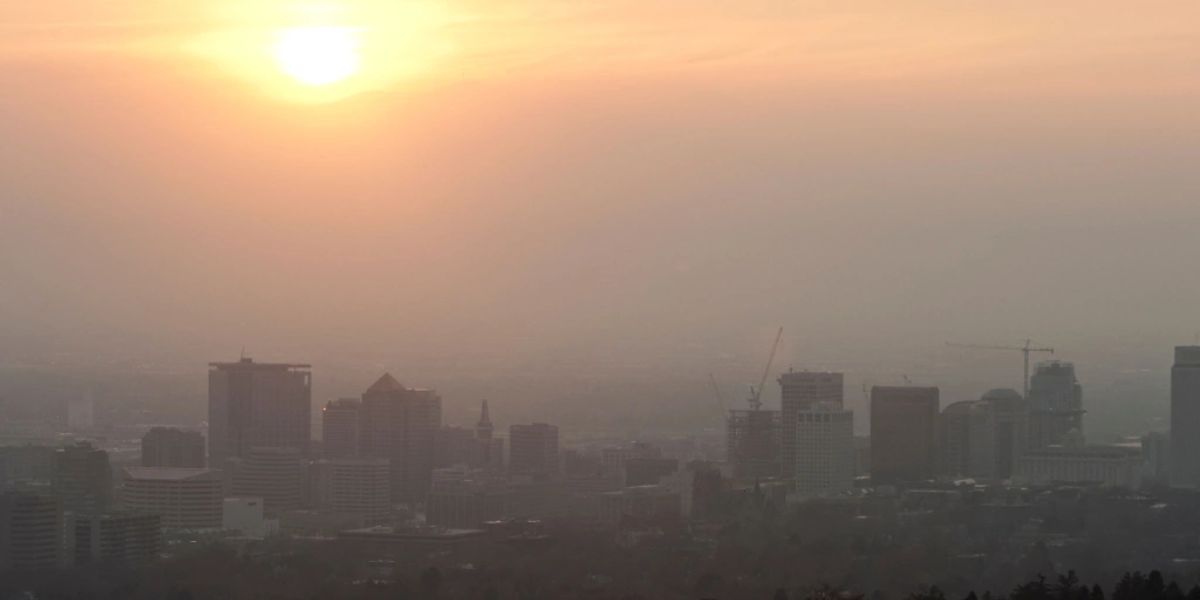With Utah heading into a hot and dry summer, scientists are sounding the alarm about worsening dust conditions from the Great Salt Lake — a growing environmental and public health concern.
“The surface of Great Salt Lake is dry. Air temperatures are hot,” said Kevin Perry, professor of atmospheric studies at the University of Utah. “All we need now for significant dust events coming off Great Salt Lake are strong winds.”
Perry, who has studied the drying lakebed for nearly a decade, says the region could be in for a “pretty significant dust season” this fall, especially if dry thunderstorms roll through northern Utah — a familiar weather pattern in the region.
Currently, more than 800 square miles of lakebed lie exposed — an area more than twice the size of New York City. Within that, Perry has identified four major dust hotspots spanning 70 square miles. One of the largest and most dangerous is Farmington Bay, located alarmingly close to densely populated areas along the Wasatch Front.
Another hotspot, Bear River Bay, also sits near communities, raising further concerns as lake levels continue to fall. Great Salt Lake Commissioner Brian Steed estimates the water level could drop another 1.5 feet by year’s end.
“If it’s hot and dry consistently over the summer, maybe having a little wind there, that can lead to bad situations for Great Salt Lake,” said Steed.
Toxic Dust and Public Health Concerns
The lakebed dust isn’t just a nuisance — it may also be hazardous. Researchers have found it can contain heavy metals such as arsenic, and possibly harmful bacteria or fungi. While any type of dust can be problematic at high enough levels, it’s still unclear how dangerous Great Salt Lake dust is to human health over time.
“If it’s causing human health problems, then the state will act to mitigate dust,” Perry said. “If it’s not causing human health problems, then they will just focus on restoring the ecological health of the lake.”
One major challenge in understanding the full impact is the limited monitoring. Currently, Utah only has four dust monitoring stations — all south of the lake — even though dust from the lake is believed to blow predominantly northward. That means many affected communities may be exposed without detection.
“The big problem is we don’t have a robust dust monitoring network in Utah,” Perry noted.









